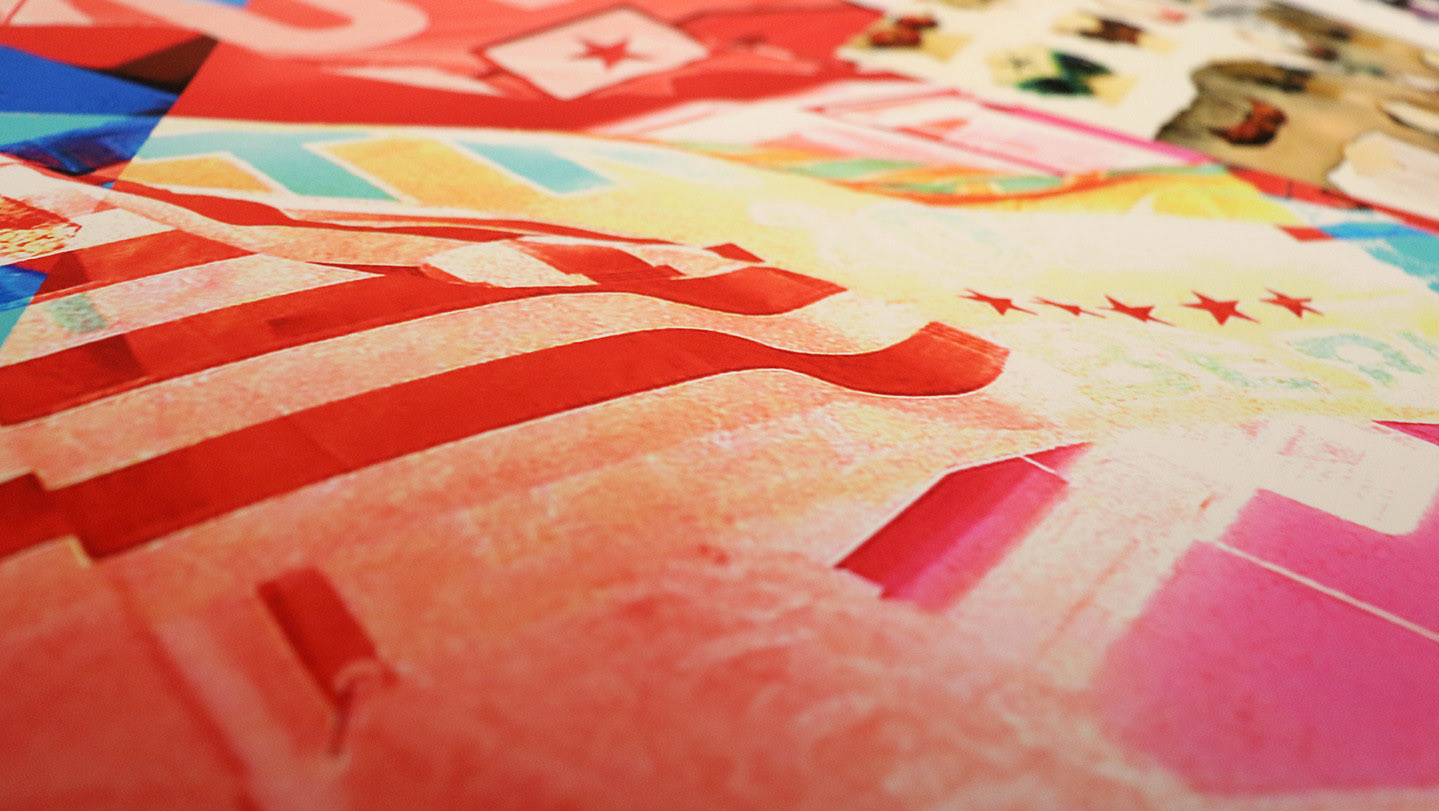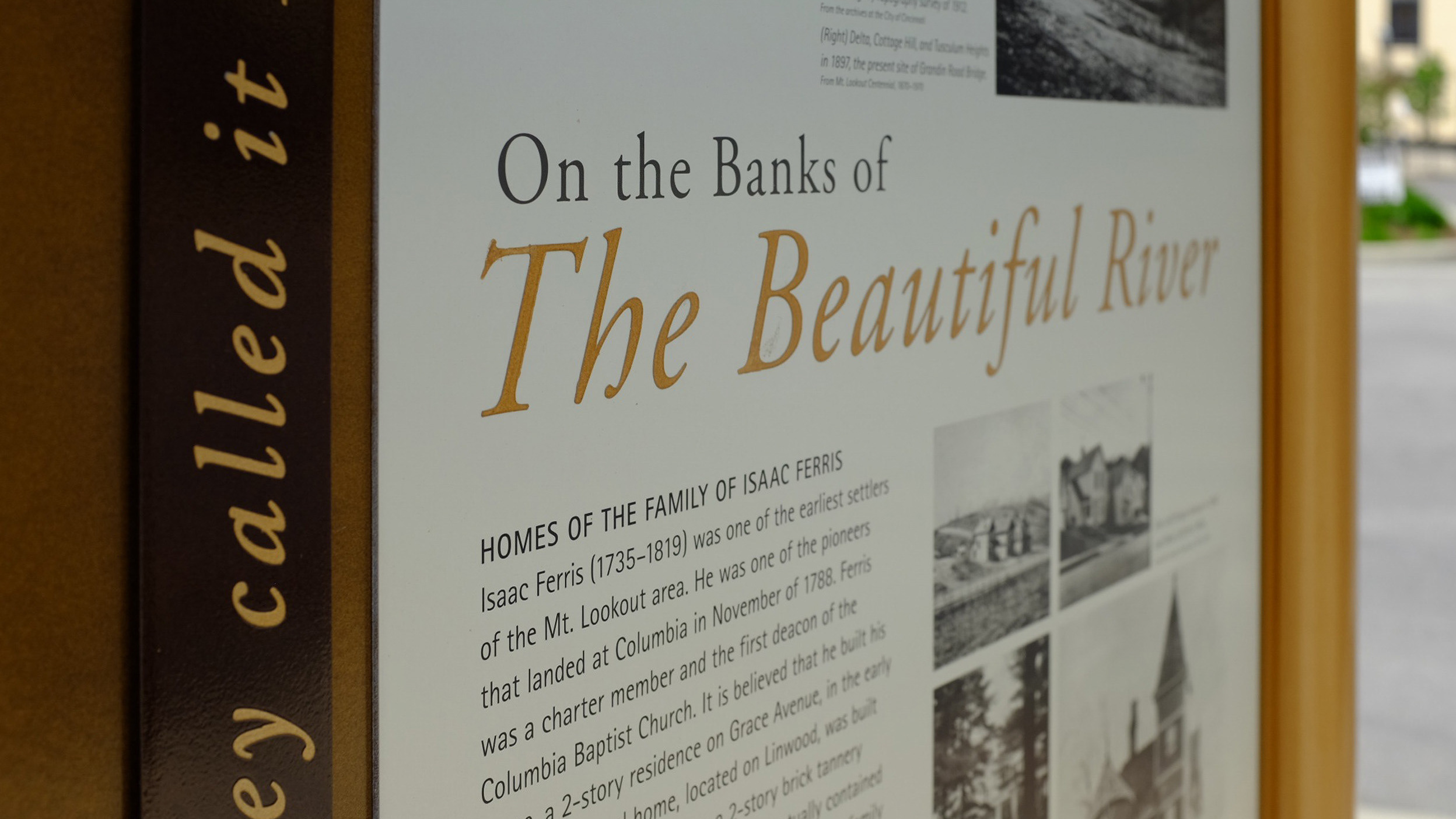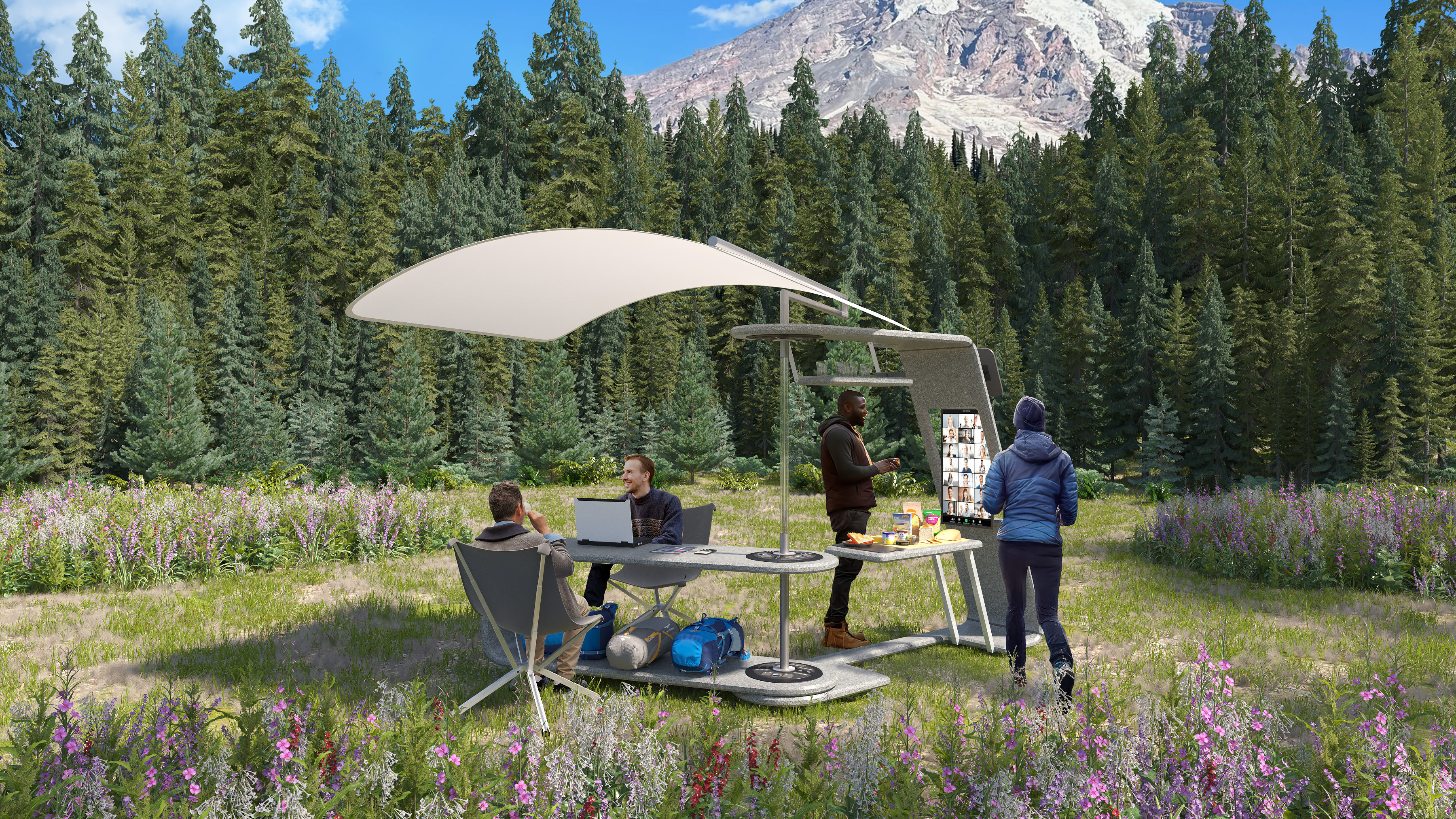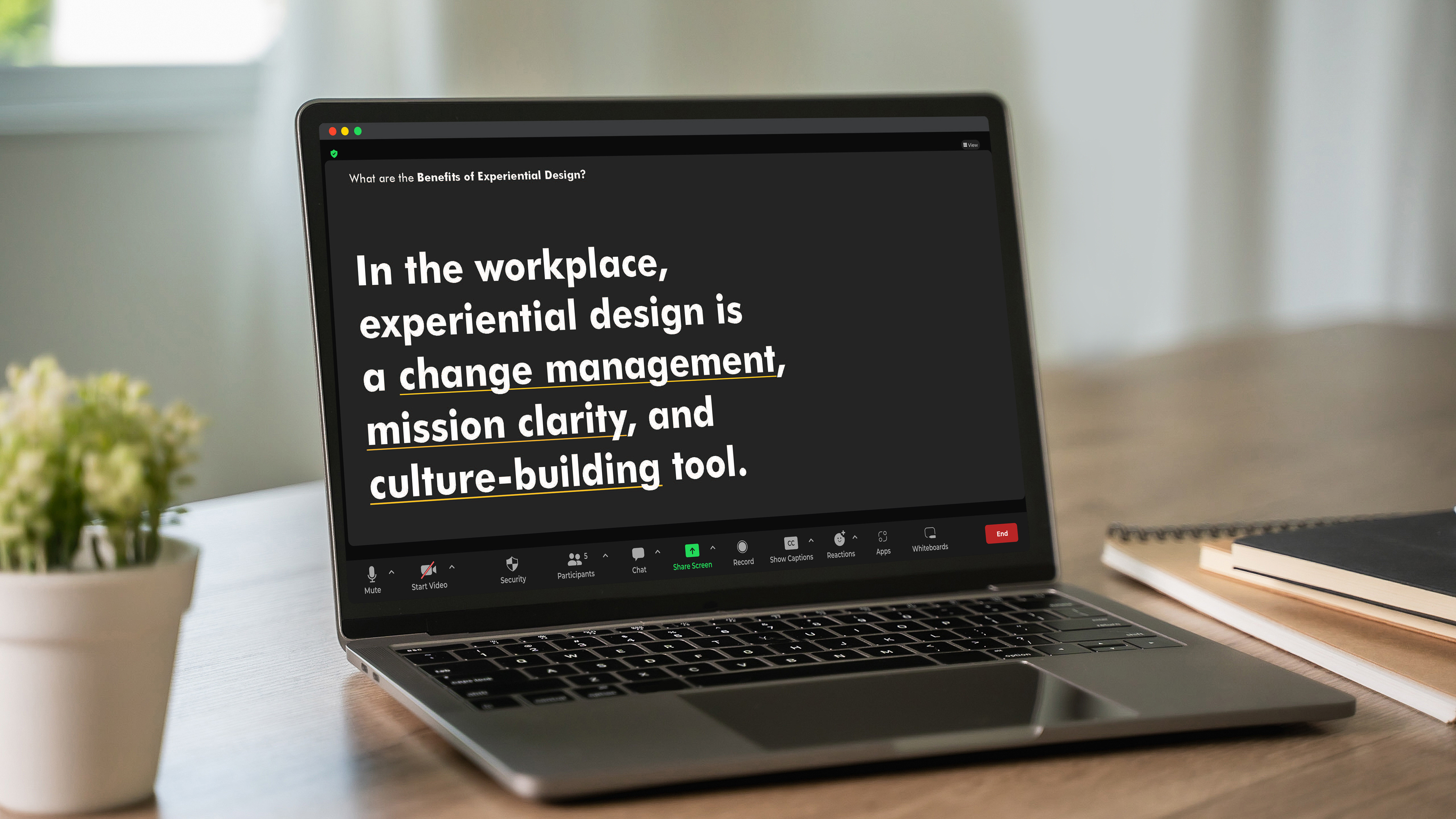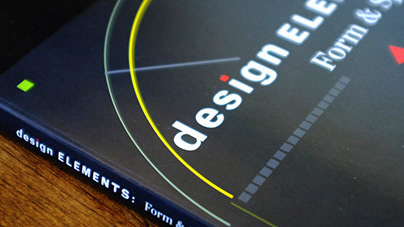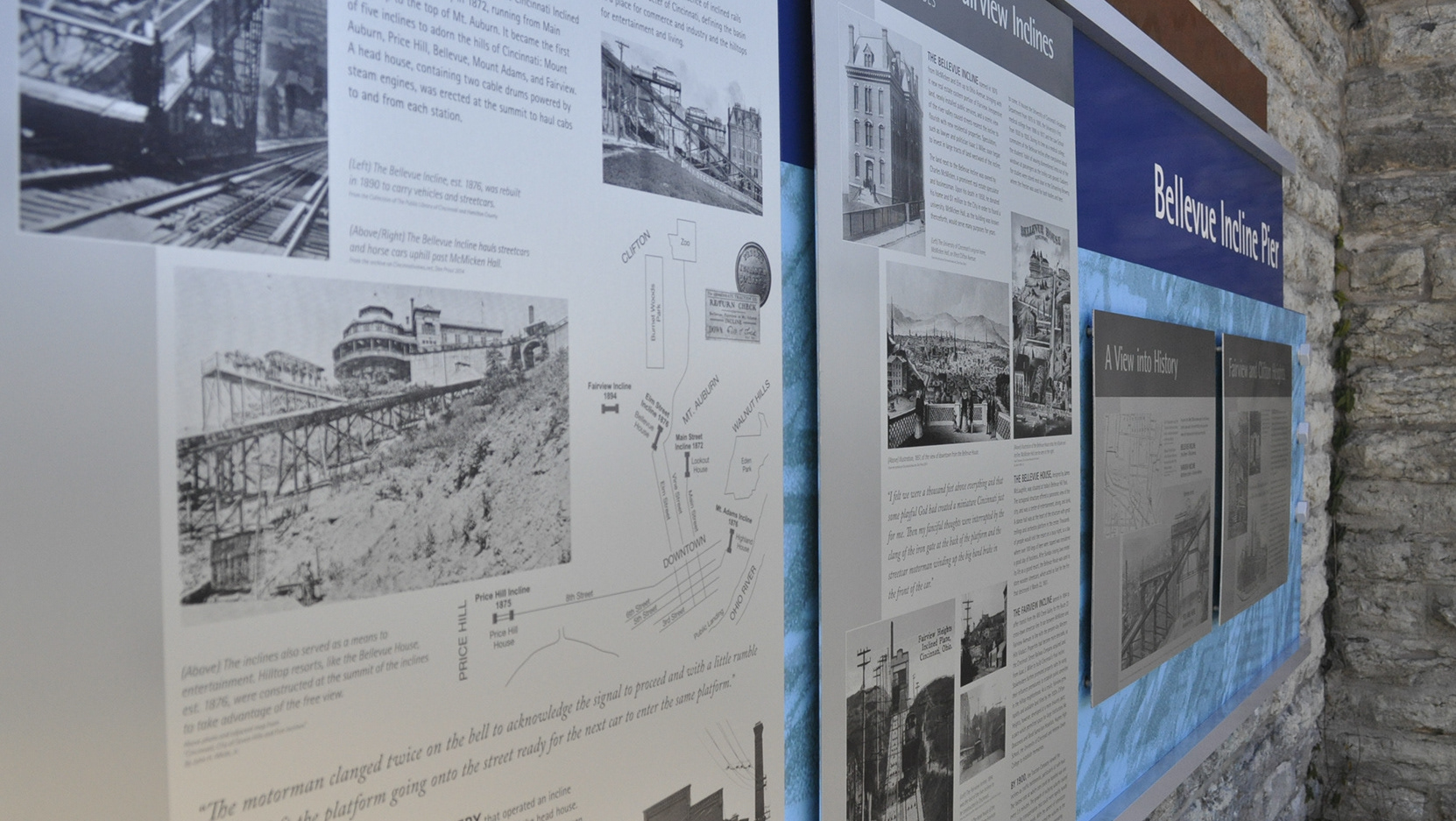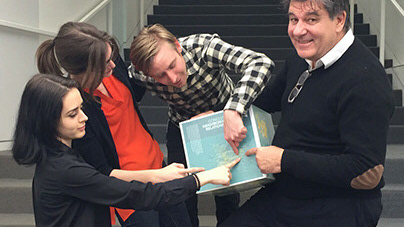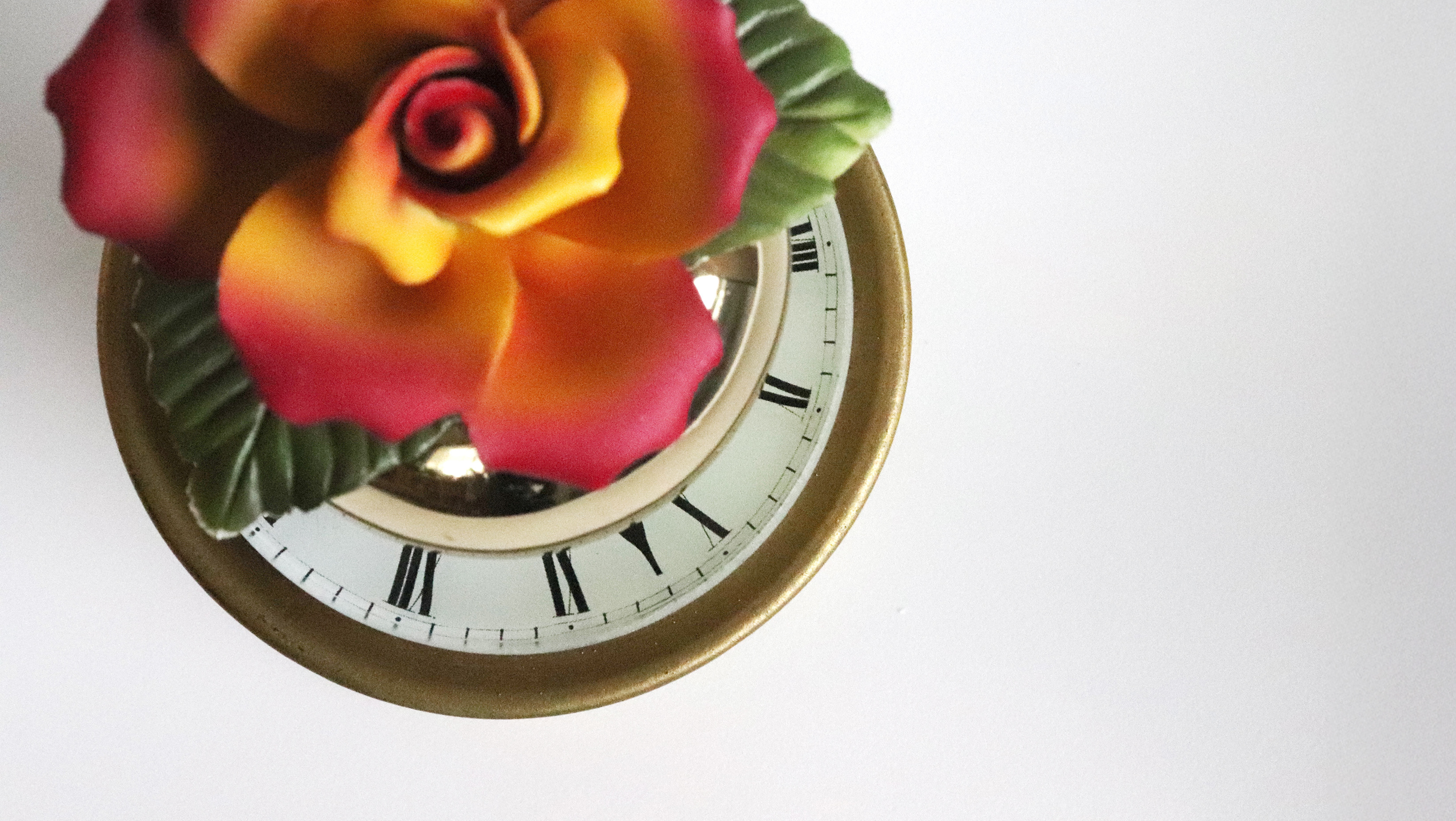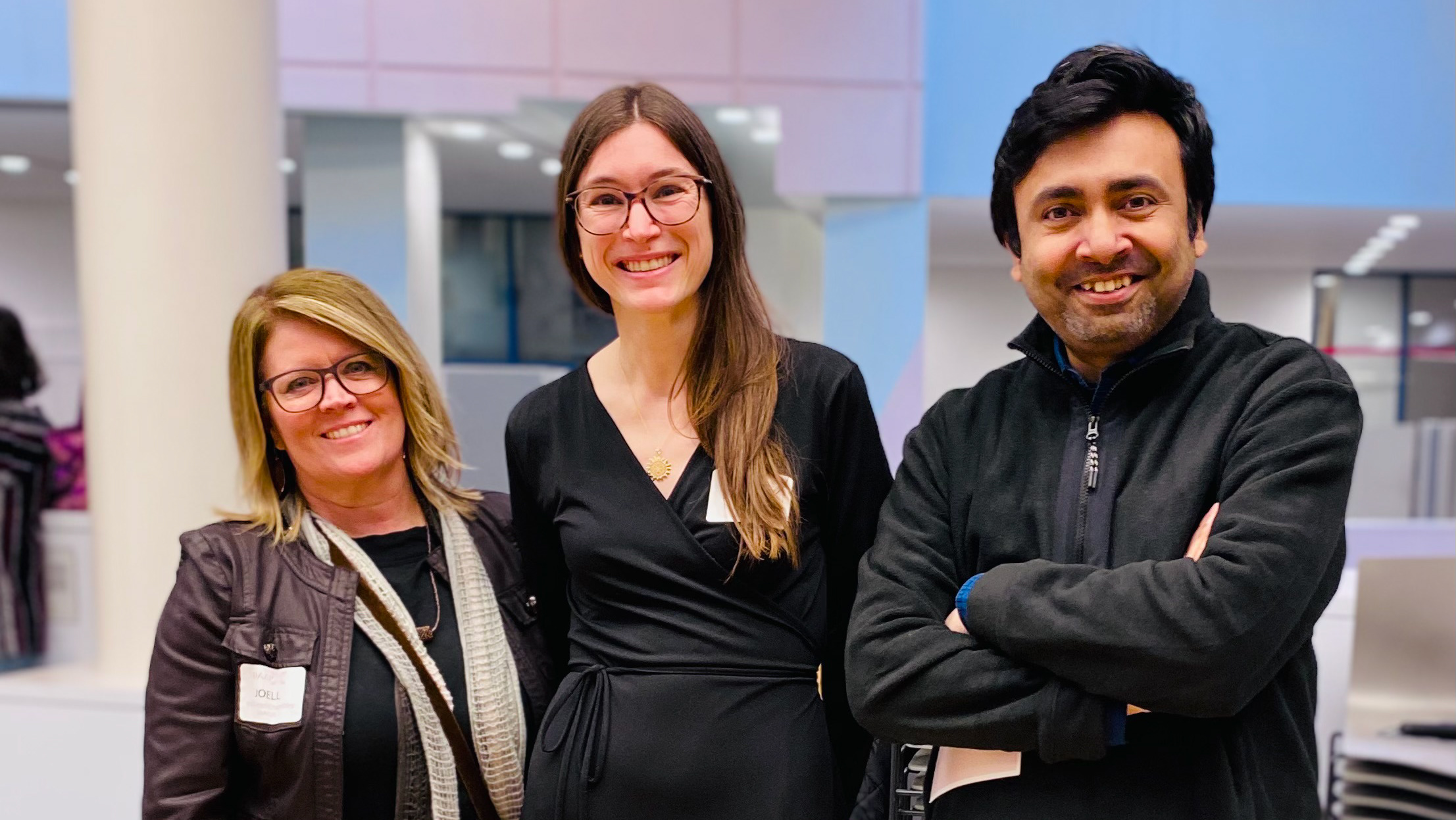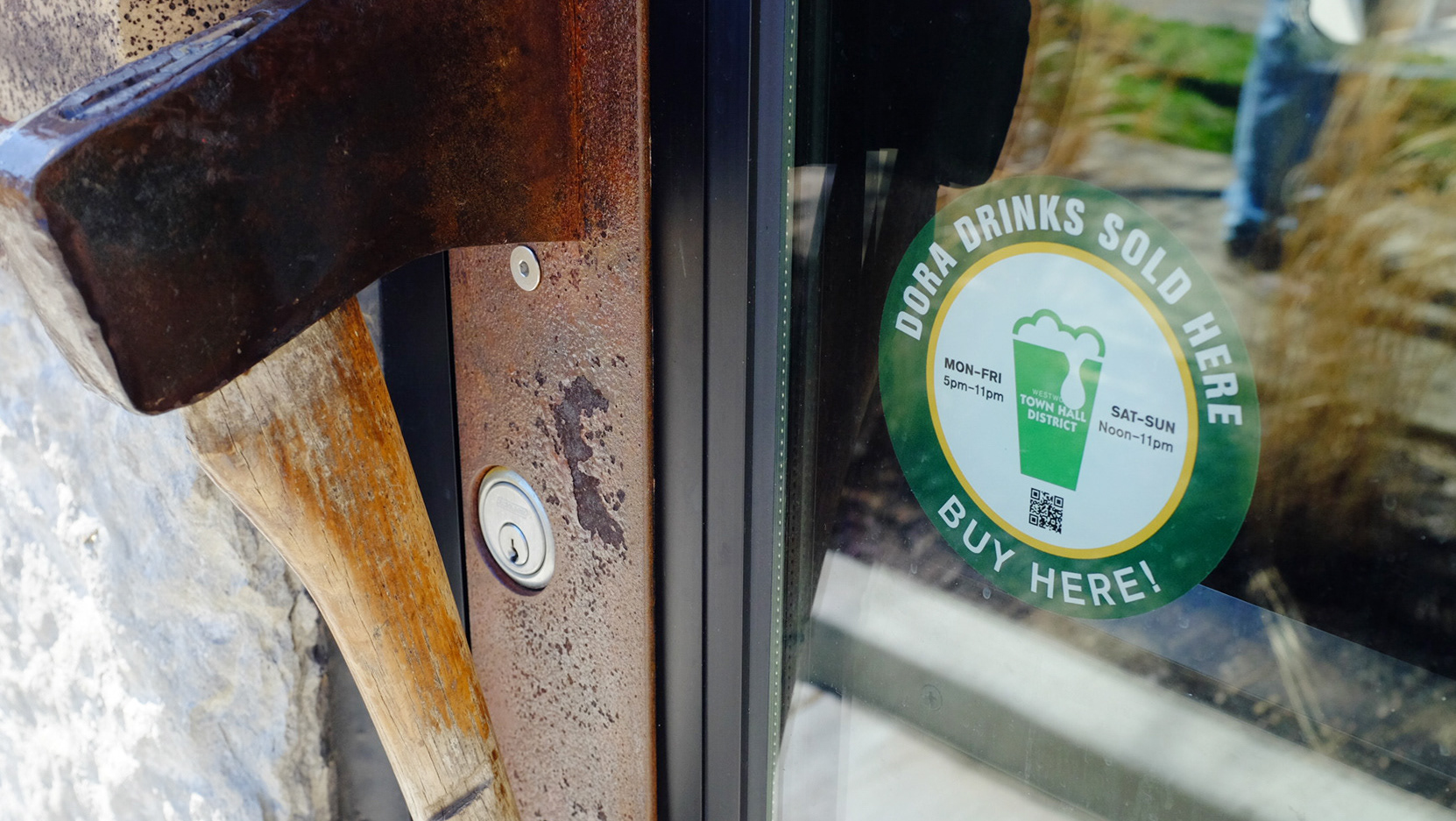Prospective Memories explores the role of design in shaping collective memory and the discourse generated by the monuments that inhabit our public spaces. These forms serve as physical embodiments of perceived significance and are designed with the intention to influence the value systems of future generations.
Abstract for master's thesis
Lisa K. Bambach © 2025
Methodology for master's thesis
Lisa K. Bambach © 2025
How might we represent collective memory digitally if
physical monuments are no longer permitted in public spaces?
Scenario 1: Prohibition
Lisa K. Bambach © 2025
Rendering by Alyssa Parsons
Scenario 1: Prohibition
Lisa K. Bambach © 2025
Rendering by Alyssa Parsons
How might we represent collective memory digitally if
monuments are no longer designed to be permanent but instead are temporary?
Scenario 2: Rebellion
Lisa K. Bambach © 2025
Rendering by Alyssa Parsons
Scenario 2: Rebellion
Lisa K. Bambach © 2025
Rendering by Alyssa Parsons
How might we represent collective memory if
monuments serve as records of dialogue over centuries of public discourse?
Scenario 3: Evolution
Lisa K. Bambach © 2025
Rendering by Alyssa Parsons
to compare air quality data to enable reflection. If individuals directly experienced smoke at Golden Gardens, they can contribute images to the timeline.
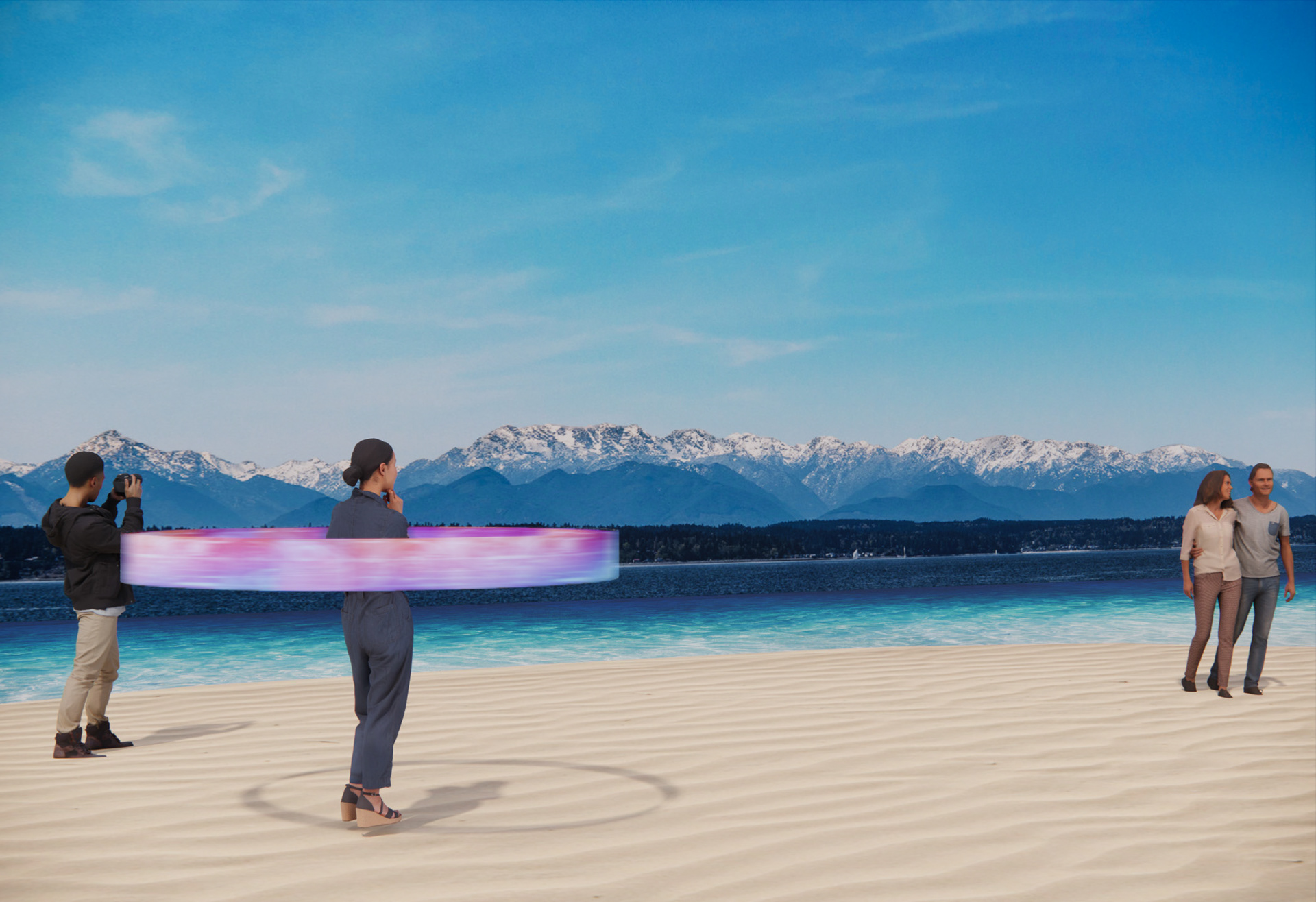
Low AQI

High AQI
Before designing towards specific scenarios or determining the approach of the collective memory artifact, a series of exercises from Ellen Lupton’s book Graphic Design Thinking: beyond brainstorming (2011) were conducted to openly explore concepts before defining solutions preemptively. This approach enabled further definition of intentionality by documenting information that as selected to move forward in the design process and what was consciously forgotten.
Scenario 1: Moodboard
Lisa K. Bambach © 2025
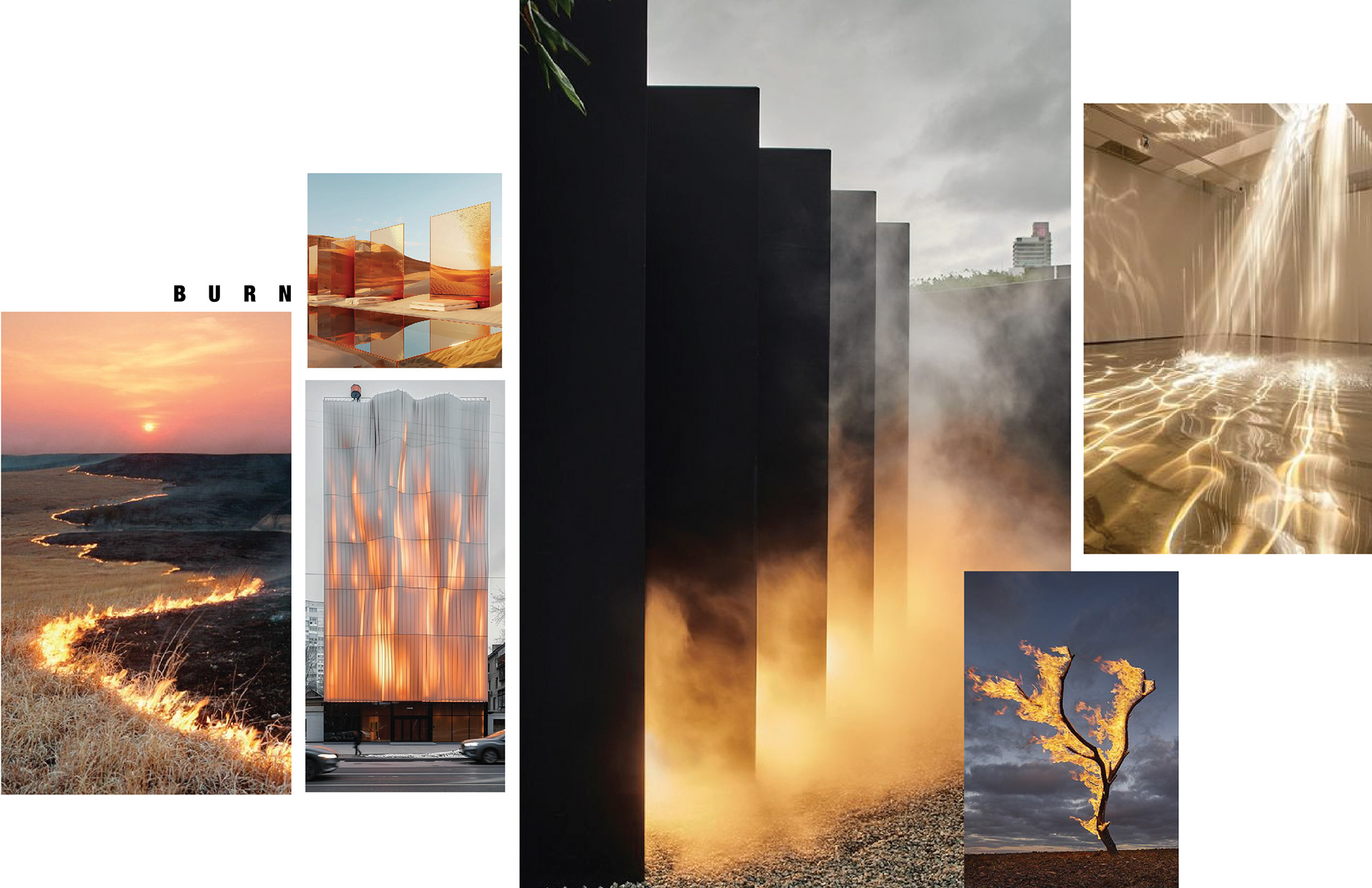
Scenario 2: Moodboard

Scenario 3: Moodboard
Henry Art Gallery
May 24–June 15, 2025
Visitor reading Prospective Memories at the Henry Art Gallery
Photo by Jacob Chung © 2025
Lisa with her work at the Henry Art Gallery
Photo by Jacob Chung © 2025
Prospective Memories immersive exhibit at the Henry Art Gallery
Photo by Jacob Chung © 2025
Exhibition at the Henry Art Gallery
Photo by Amelia Kim © 2025
Lisa guiding a visitor through the AR experience at the Henry Art Gallery
Photo by Jacob Chung © 2025
Kristine Matthews
Chad Hall, Axel Roesler PhD

